
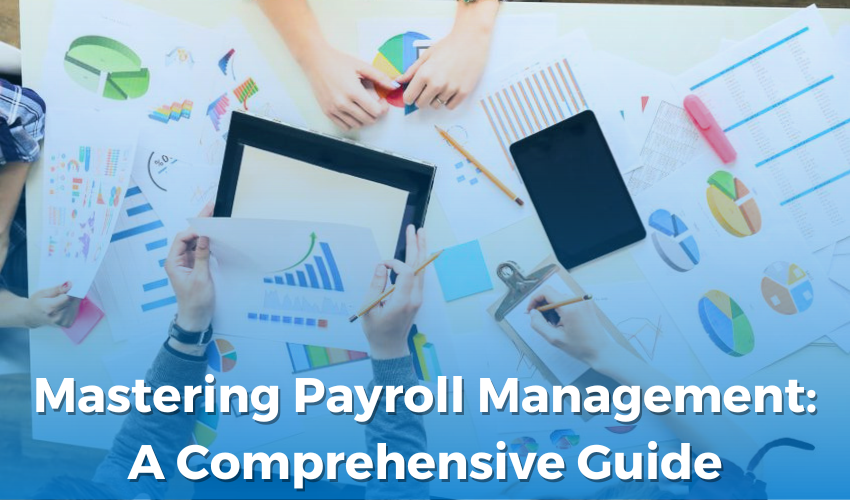
02-01-24
Payroll management is a critical function for any business, playing a pivotal role in ensuring employee satisfaction, legal compliance, and overall organizational success. As businesses evolve and face dynamic challenges, mastering payroll management becomes increasingly crucial. In this comprehensive guide, we will delve into the key aspects of effective payroll management, providing insights and strategies to streamline processes and enhance overall efficiency.
Understanding the Basics
At its core, payroll management involves the administration of employee financial records, including salaries, wages, bonuses, and deductions. It encompasses various responsibilities such as calculating employee earnings, withholding taxes, and ensuring compliance with labor laws. A solid understanding of these fundamental principles is essential for any payroll professional.
Embracing Technology
In the digital age, manual payroll processes are outdated and prone to errors. Embracing technology is a game-changer for payroll management. Utilizing payroll software not only automates routine tasks but also reduces the risk of errors and ensures compliance with ever-changing tax regulations. Modern payroll systems can seamlessly integrate with other HR and accounting software, creating a unified and efficient ecosystem.
Compliance and Regulatory Adherence
Compliance with local, state, and federal regulations is non-negotiable in payroll management. Staying abreast of ever-changing tax laws, labor regulations, and reporting requirements is crucial. Failure to comply can result in hefty penalties and legal repercussions. Regularly reviewing and updating payroll processes to align with current regulations is a proactive approach that helps organizations avoid compliance pitfalls.
Accurate time and attendance tracking
Efficient payroll management begins with accurate time and attendance tracking. Implementing robust timekeeping systems, whether through biometric devices, electronic time clocks, or software solutions, ensures precise recording of employee work hours. This accuracy not only prevents payroll discrepancies but also aids in workforce management and resource allocation.
Employee Classification and Benefits Administration
Properly classifying employees as exempt or non-exempt is critical for accurate payroll processing. Additionally, managing employee benefits, such as health insurance, retirement plans, and other perks, demands meticulous attention. Integrating benefits administration into the payroll system streamlines processes and reduces the risk of overlooking essential employee entitlements.
Payroll Processing Cycles
Establishing clear payroll processing cycles is fundamental for consistency and predictability. Whether your organization follows a weekly, bi-weekly, or monthly payroll schedule, maintaining a regular and transparent processing cycle enhances employee satisfaction and eliminates uncertainties. Adhering to set deadlines ensures timely payments and fosters a positive work environment.
Data Security and Confidentiality
Protecting sensitive employee information is paramount in payroll management. Implementing robust cybersecurity measures, encrypting data, and restricting access to authorized personnel safeguards employee privacy and prevents data breaches. A breach of payroll information not only jeopardizes employee trust but also exposes the organization to legal liabilities.
Continuous Training and Professional Development:
Given the dynamic nature of payroll regulations and technologies, investing in continuous training for payroll professionals is essential. Ongoing professional development ensures that payroll staff are well-equipped to navigate changes in tax laws, compliance requirements, and technological advancements. This proactive approach fosters a culture of expertise and adaptability within the payroll department.
Conclusion
Mastering payroll management is a multifaceted endeavor that requires a combination of technological integration, compliance diligence, and a commitment to accuracy. By understanding the fundamentals, embracing technology, and prioritizing compliance and data security, organizations can streamline payroll processes, reduce errors, and enhance overall efficiency. As a cornerstone of employee satisfaction and organizational success, payroll management deserves the attention and dedication required for mastery in today's business landscape.
Tags : payroll services,managment reporting services


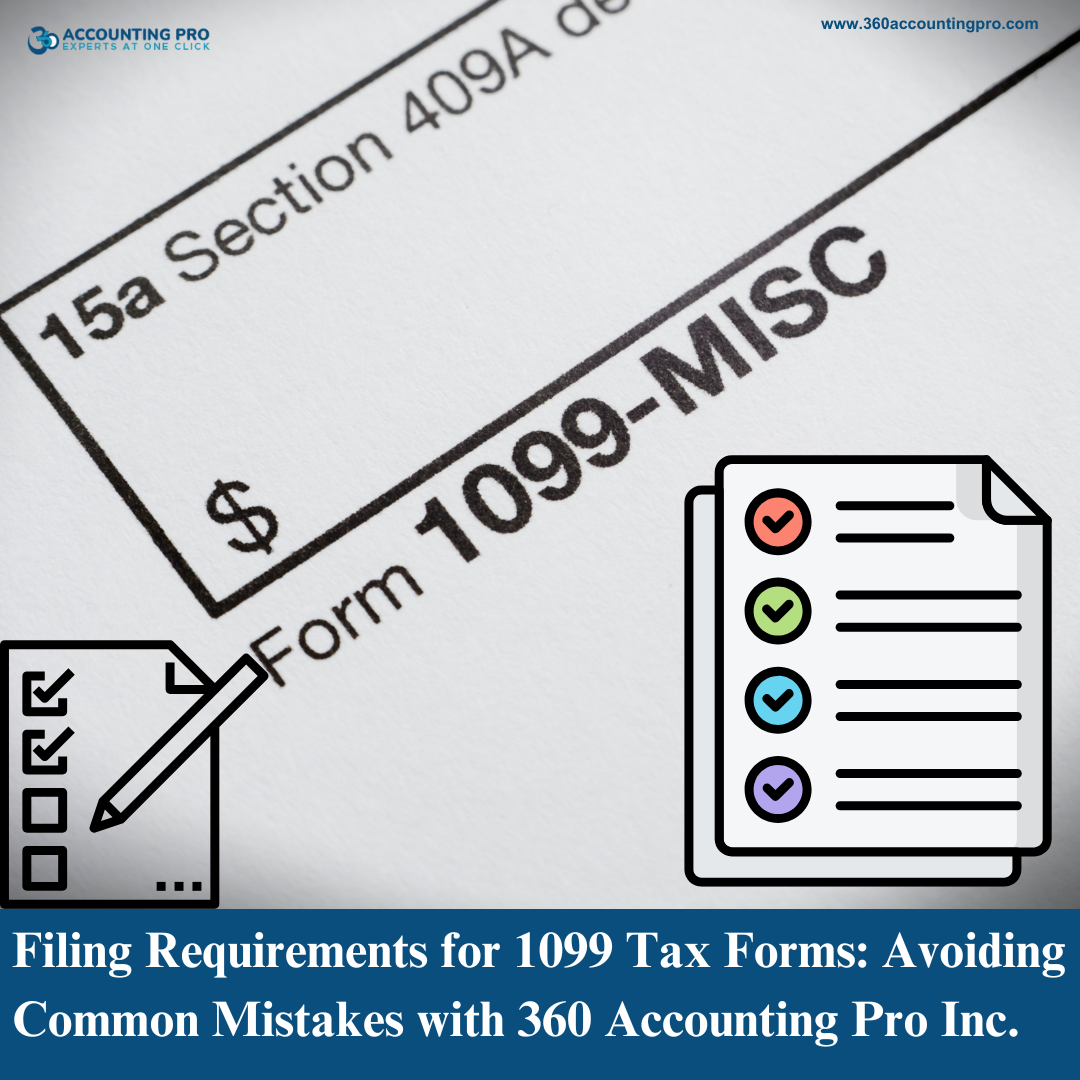



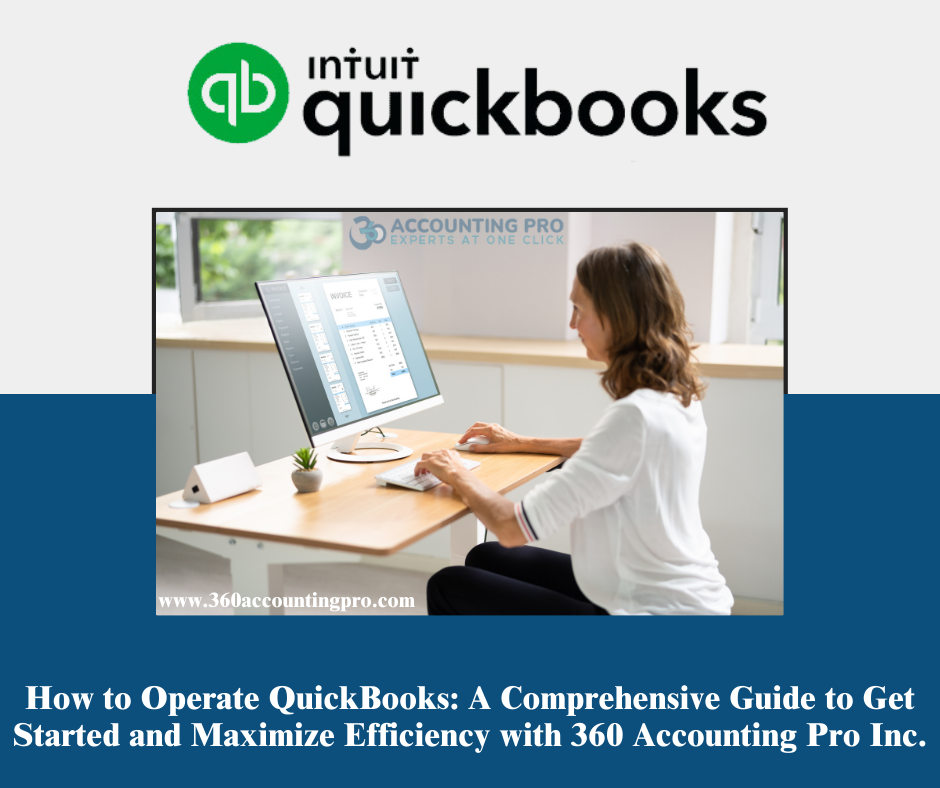

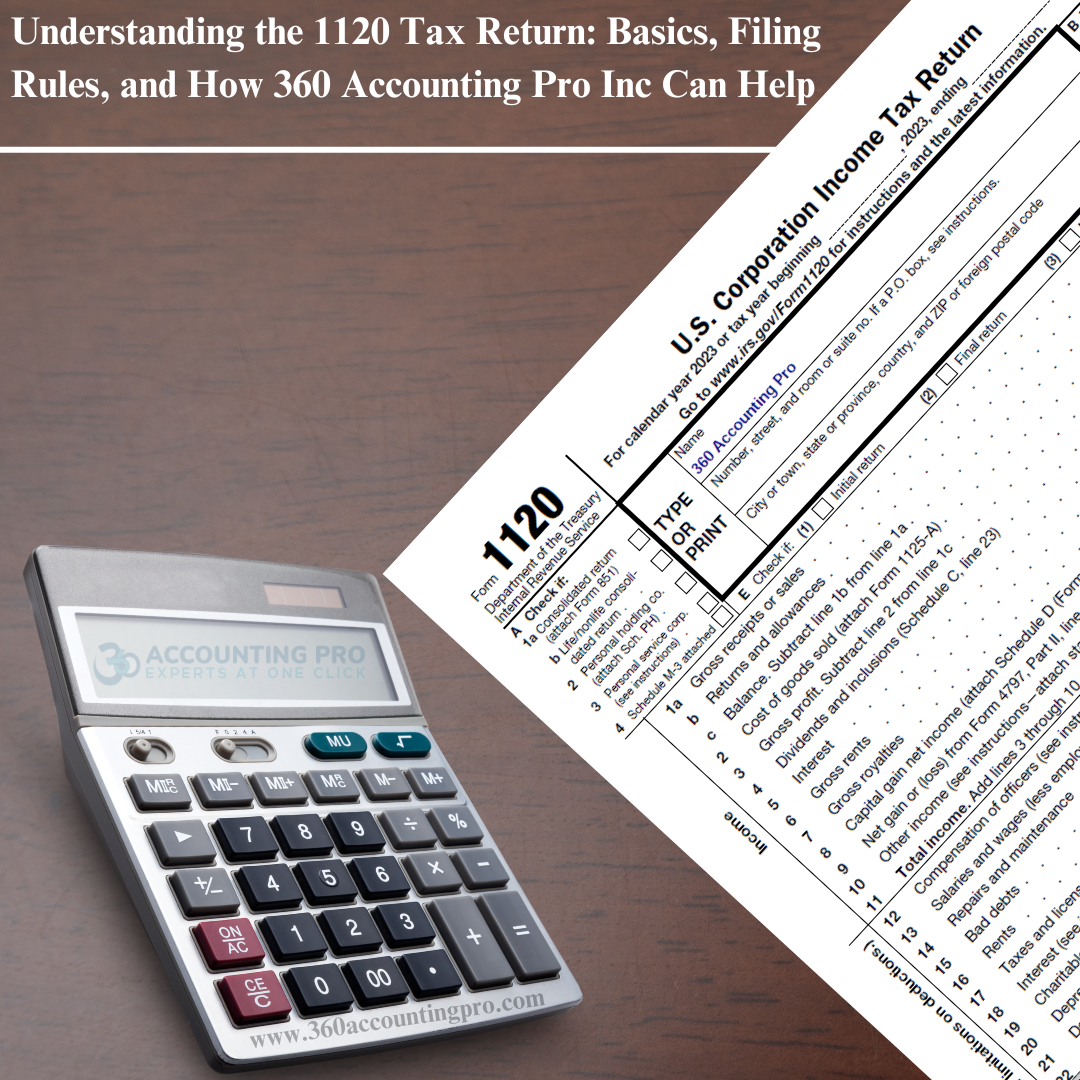
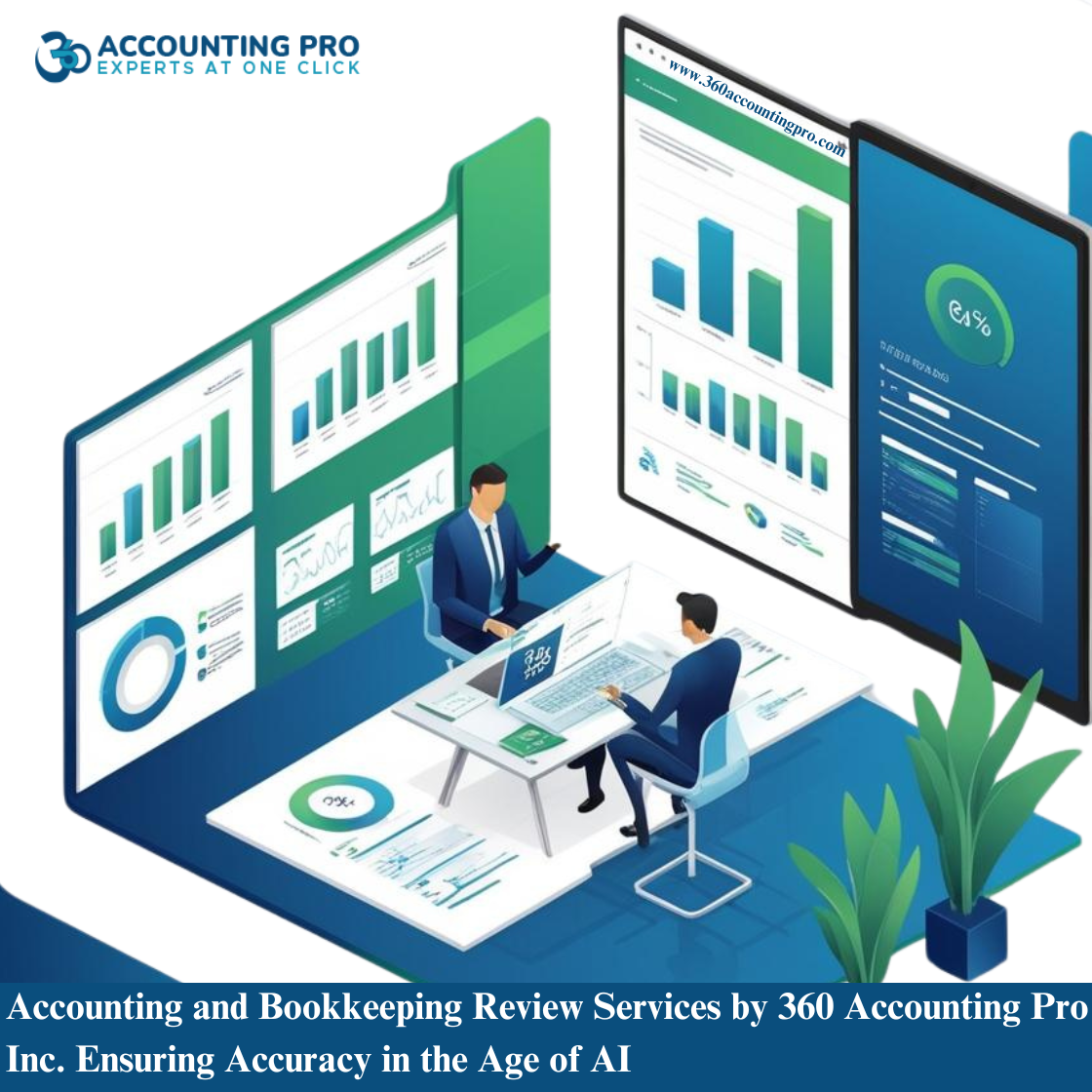











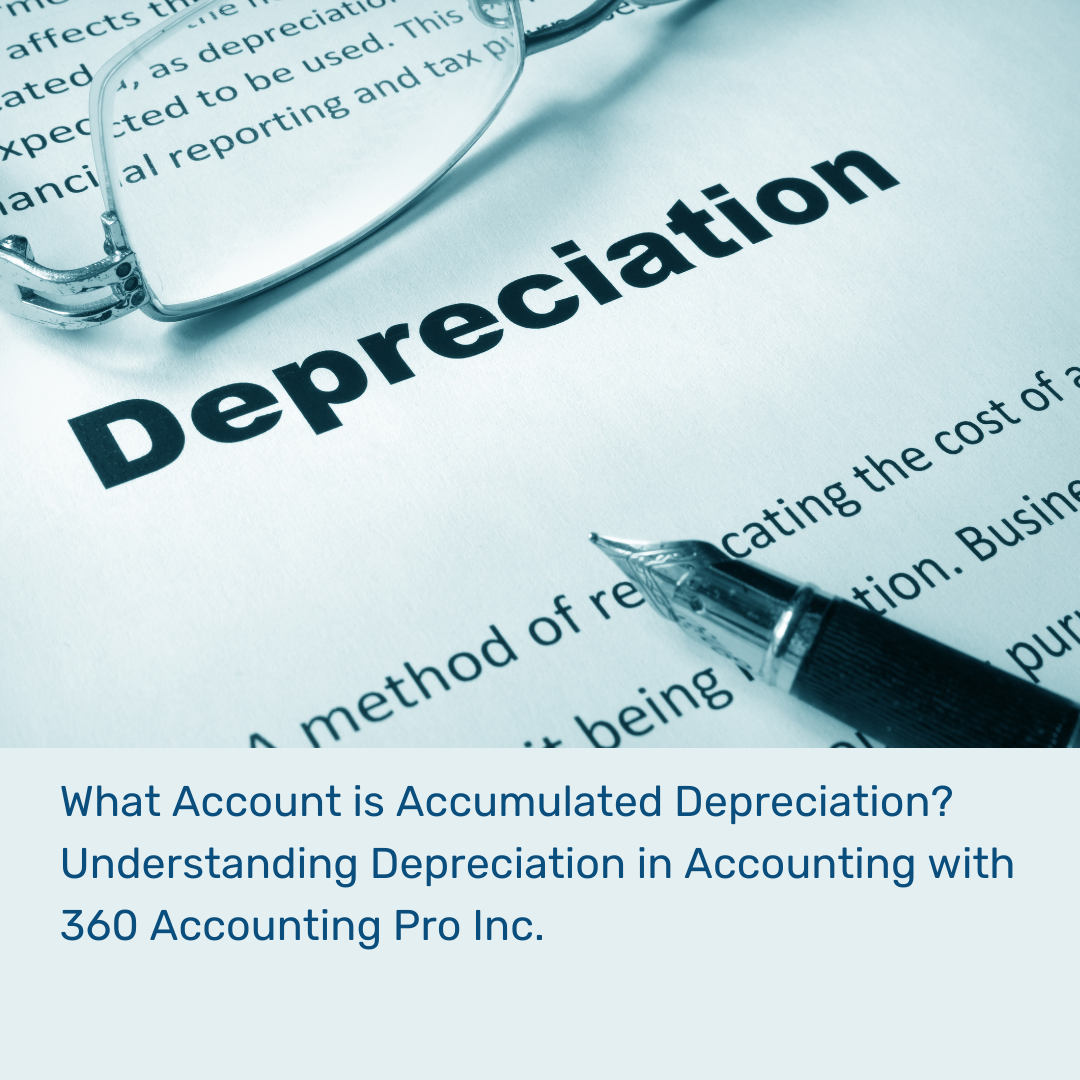




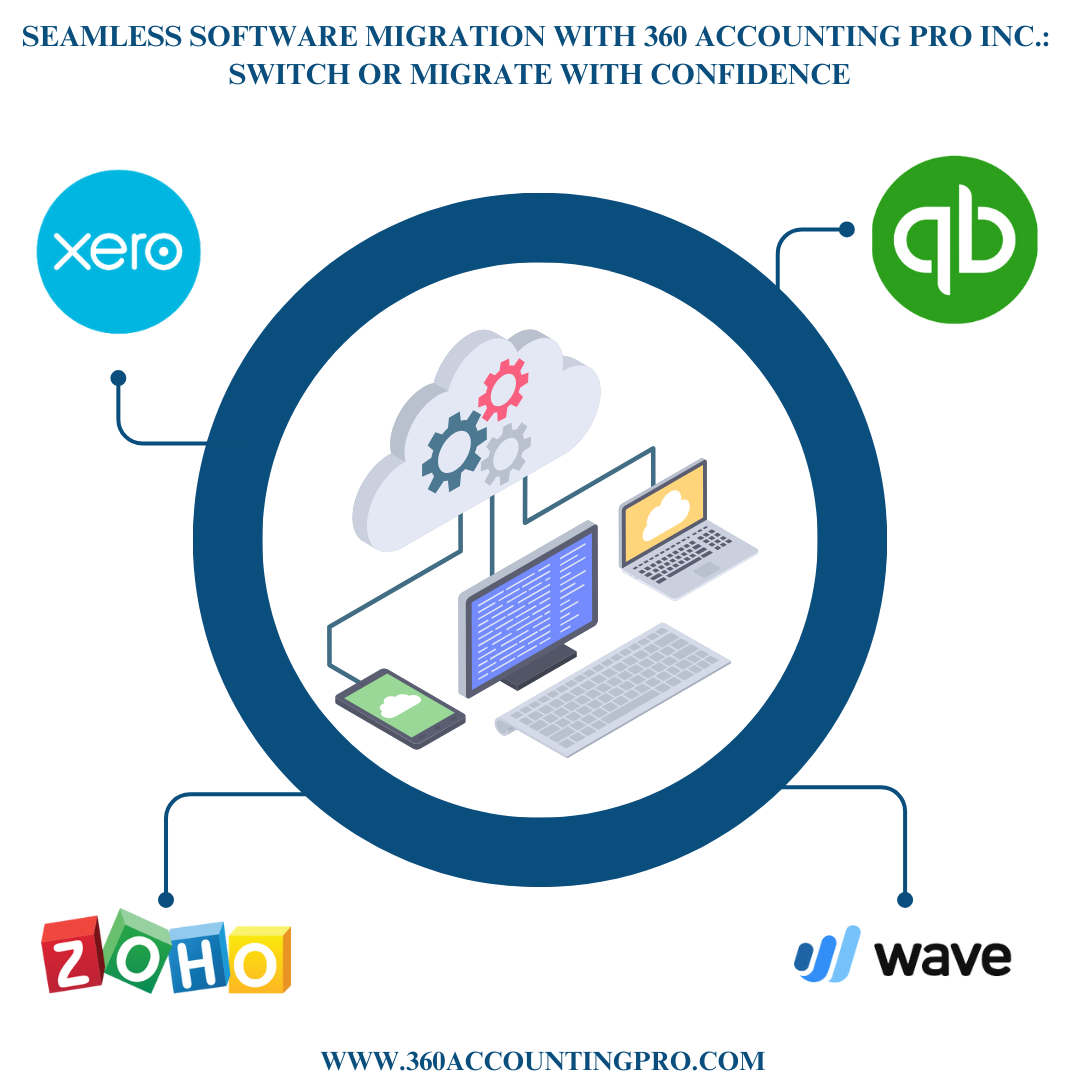
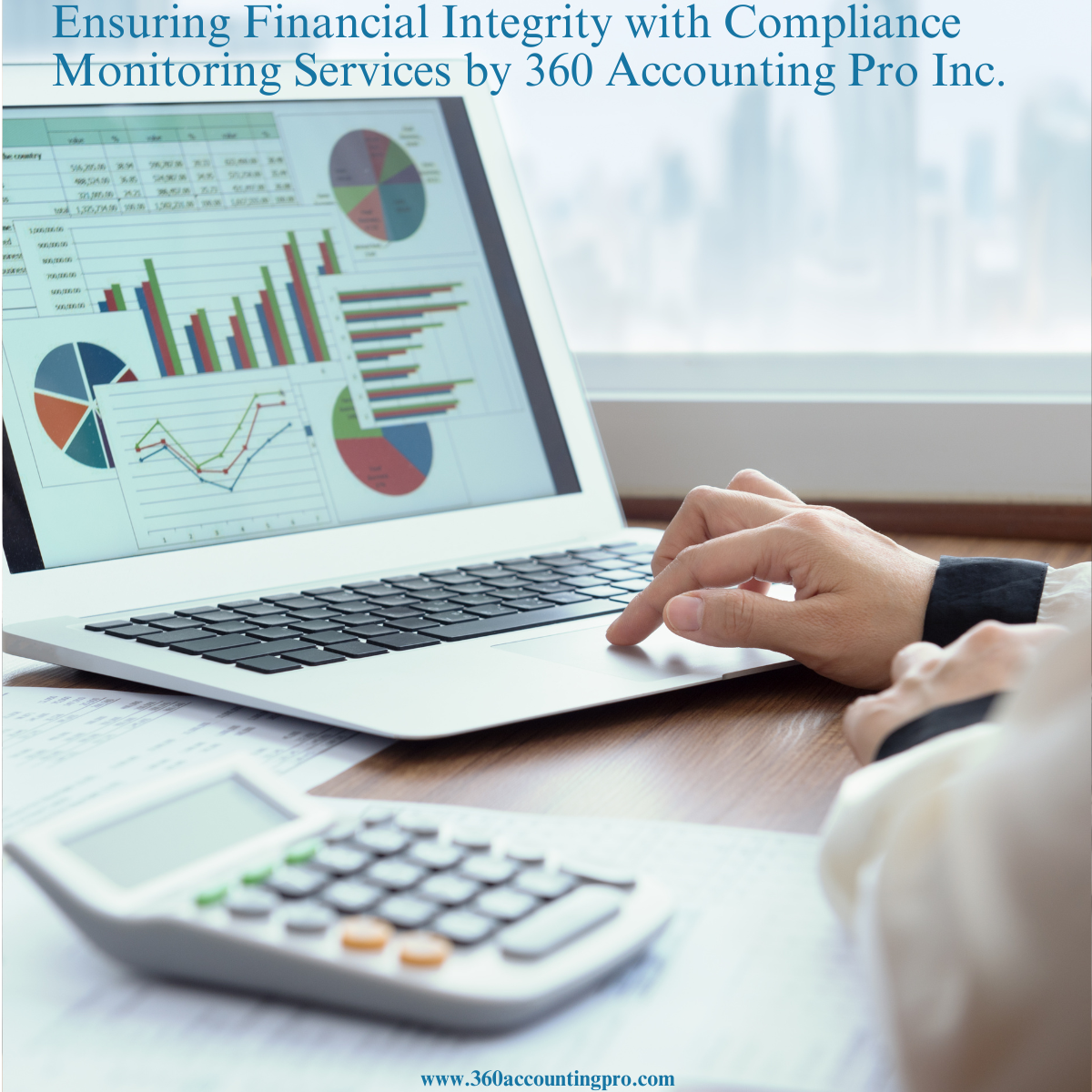






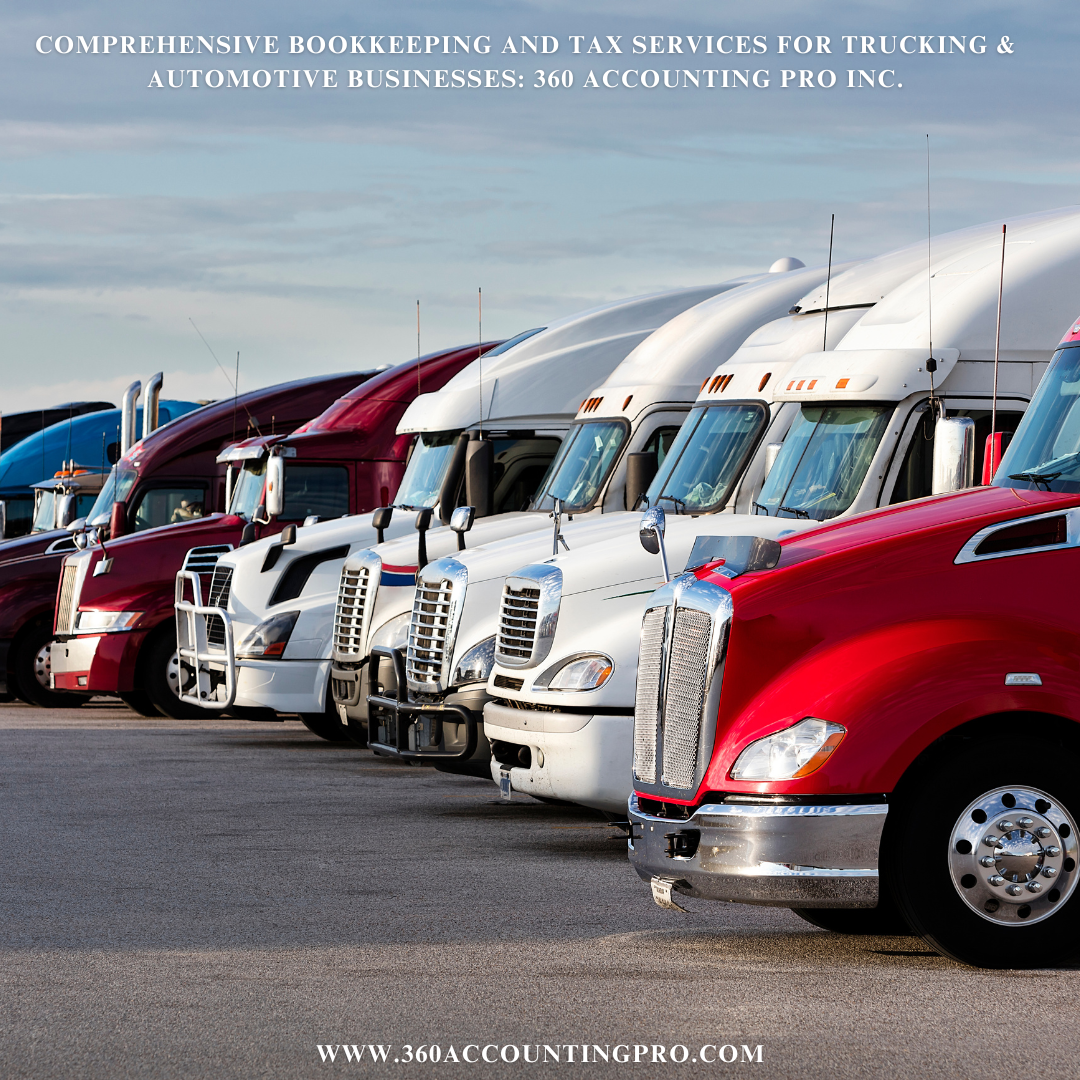


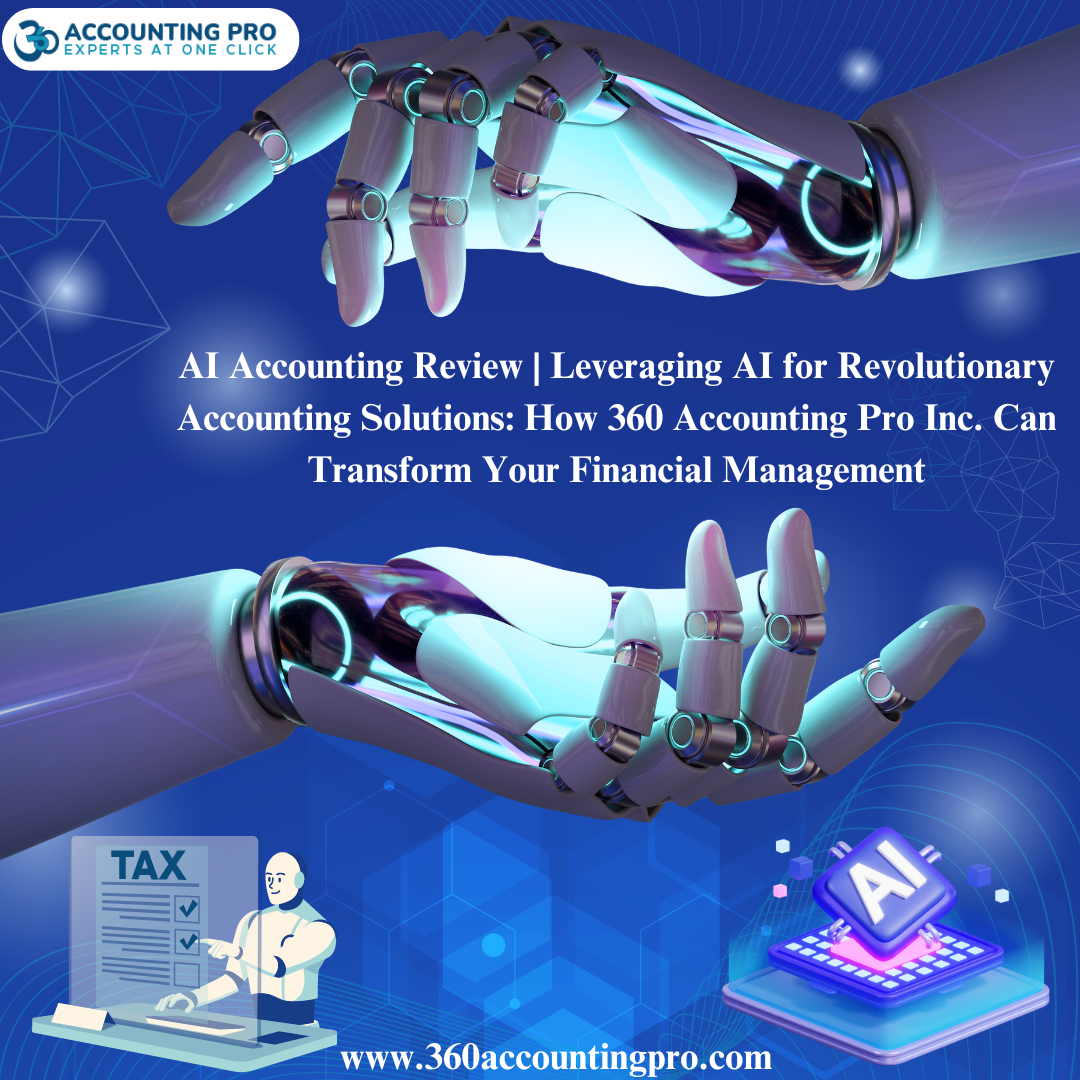

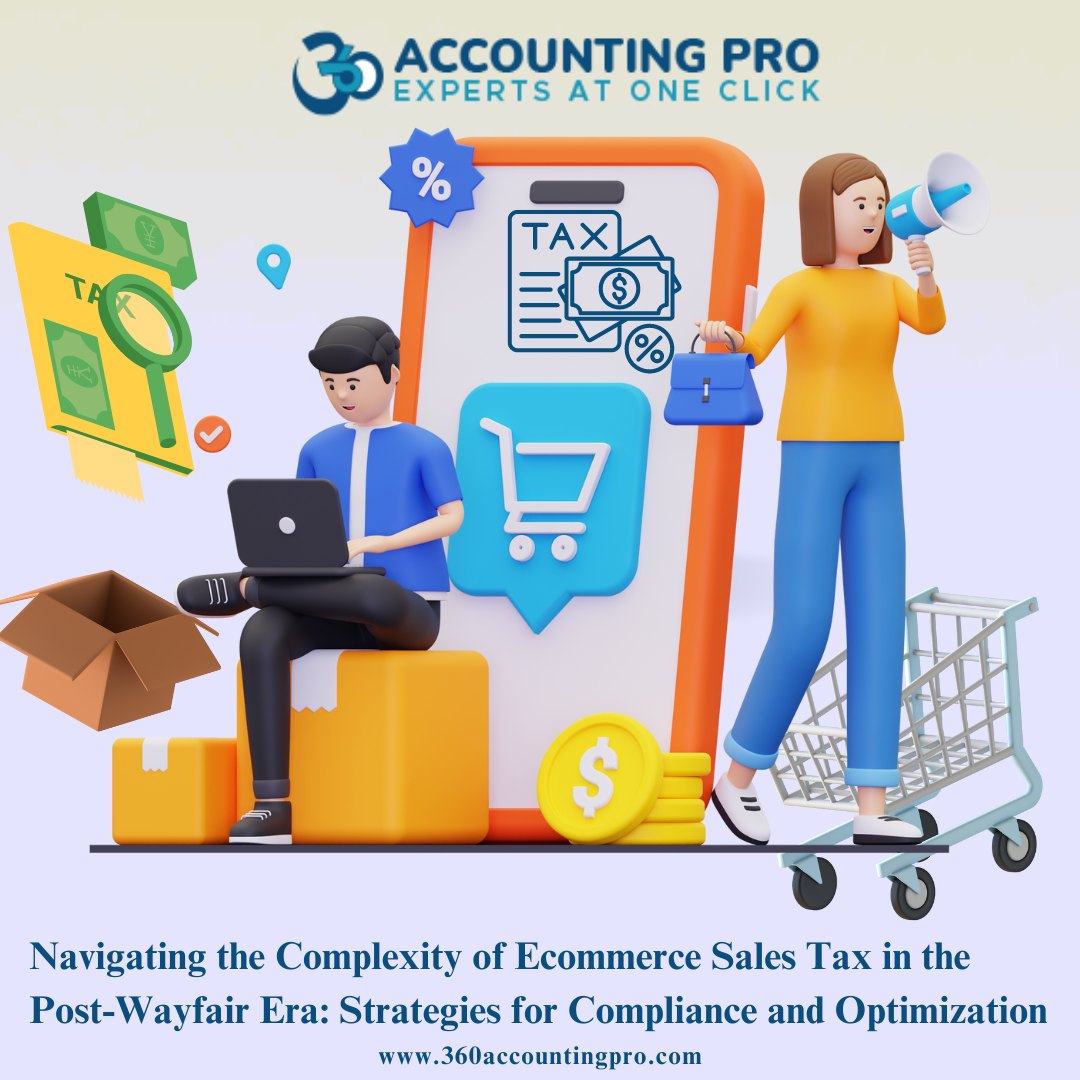





.jpg)
.jpg)
.jpg)
.jpg)


).jpg)


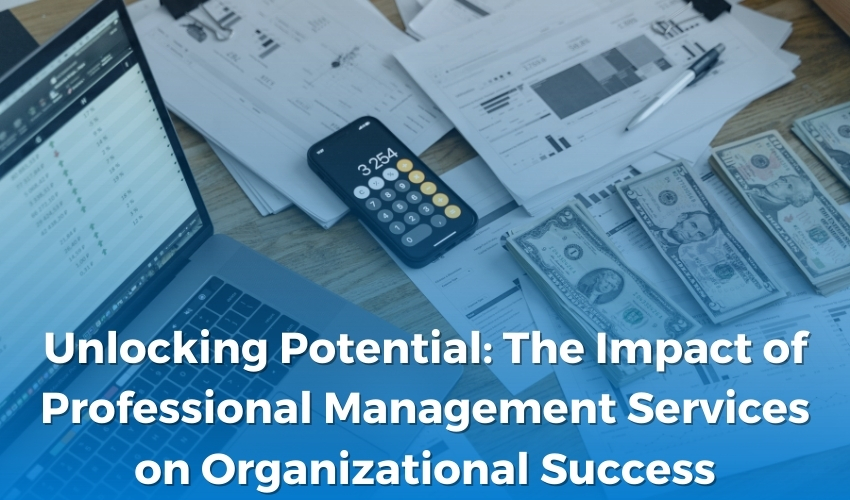


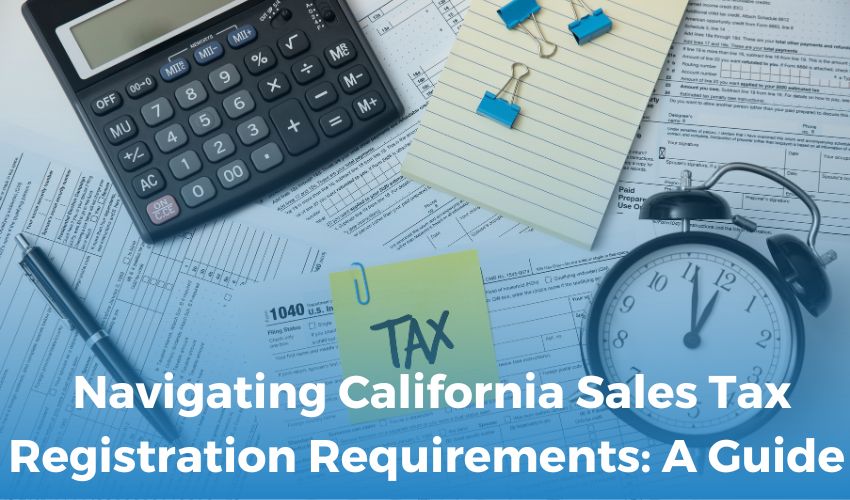

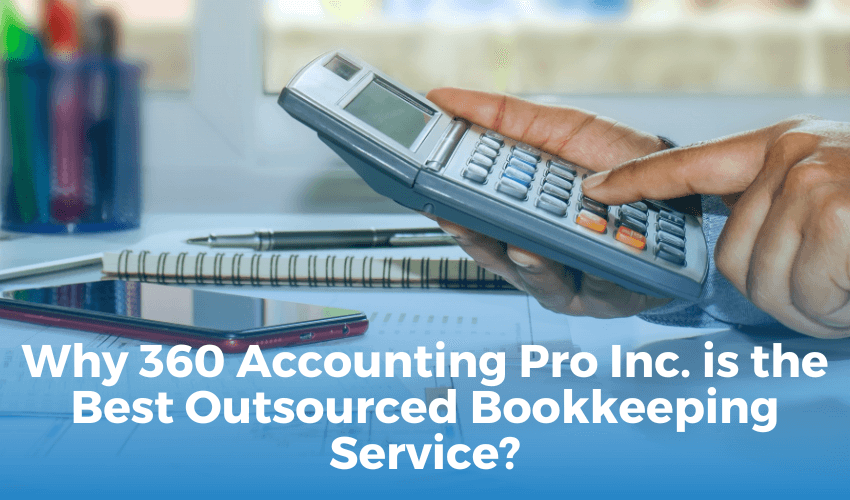
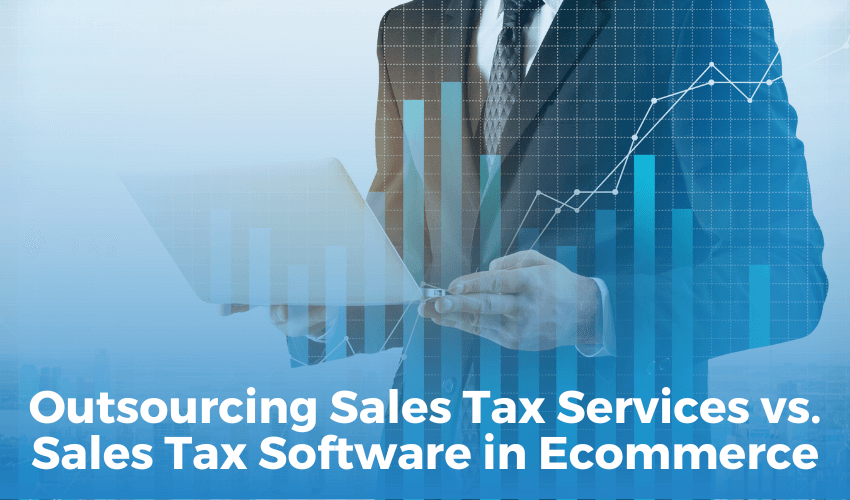


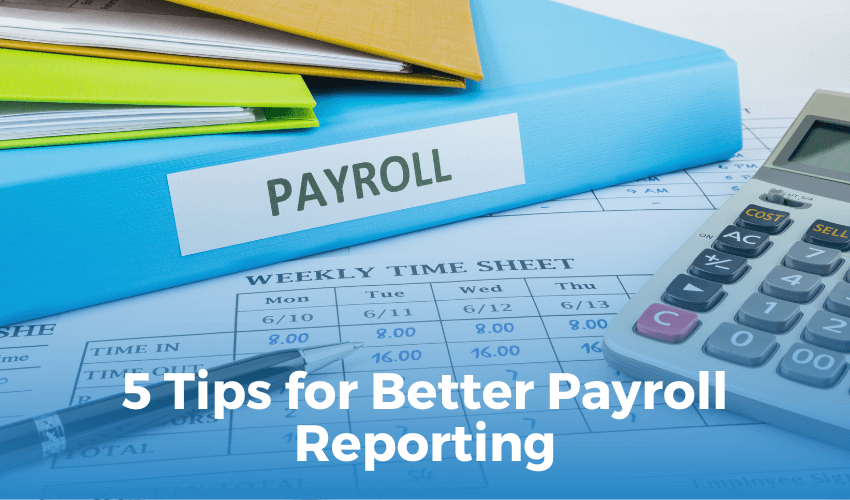
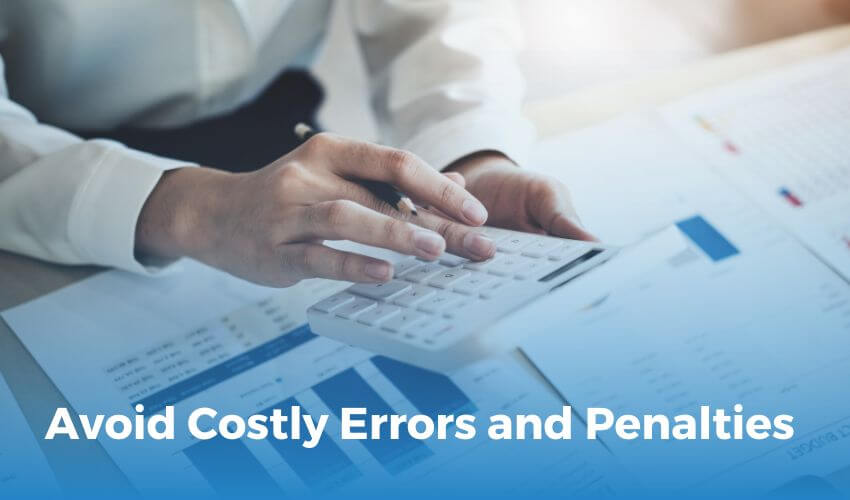

 Get A Quote
Get A Quote
Leave A Comment